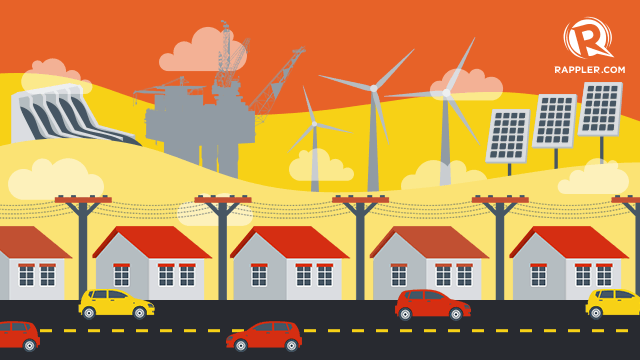SUMMARY
This is AI generated summarization, which may have errors. For context, always refer to the full article.

MANILA, Philippines – Energy powers our lives. But as global population soars and more people move out of poverty, meeting rising energy demand is an increasing challenge.
It is estimated that by 2050 the world’s population will rise to 9 billion – that’s 2 billion more people than today.
Asia is home to 60% of the world’s population or 4.3 billion, and this number continues to grow. Those countries where population is projected to grow the fastest are also with the lowest income level and rank high in terms of environmental stress. They also have little capacity to cope with the growing stress on energy, as well as water and food.
Asia also faces the challenge of pollution: 12 of the 15 largest cities on the planet with the worst air pollution are in Asia. Managing the supply and efficient use of vital resources is essential. Asia must develop sustainable solutions and establish a resilient future.
The Philippines is among Asia’s fast-developing countries. Its energy mix is more diverse than other countries in the region: nearly 67% comes from either natural gas, the cleanest burning fossil fuel, or alternative sources including geothermal, hydropower, solar, wind and biomass, according to the Department of Energy.
But what do people in the Philippines think about the future of energy? Shell Philippines commissioned Ipsos, a global market research company, in April 2013 to find out.
600 respondents from Metro Manila (250), Cebu (175) and Davao (175) participated in the face-to-face survey.
According to the Future Energy Survey, 30% of Filipinos believe that collaboration among government agencies, private sectors, universities, and society is needed to tackle the challenges of future energy.

Research and copy by Adrianna Mejia
Infographic by Jessica Lazaro
Source:
The Future of Energy Survey – Philippines
Add a comment
How does this make you feel?
There are no comments yet. Add your comment to start the conversation.